The Critical Temperature for Seed Germination: When Life Breaks Through
The ancient dance between seeds and temperature begins long before the first green shoot pushes through soil. For centuries, farmers and gardeners have observed how certain seeds stubbornly refuse to sprout until the earth reaches that magical degree of warmth, while others demand cooler conditions to break their dormancy. This invisible thermal threshold holds the key to unlocking a seed's potential, governing the biochemical processes that transform stored starches into living tissue.
At the heart of every viable seed lies an embryo in suspended animation, surrounded by protective layers and nutrient reserves. The seed coat acts as both armor and prison, designed to withstand harsh conditions yet permeable enough to respond when environmental cues align. Temperature serves as the master conductor in this symphony of germination, influencing enzyme activity, membrane fluidity, and hormonal triggers that collectively decide when the time is right for emergence.
The thermal window for germination varies dramatically across plant species, reflecting evolutionary adaptations to different ecosystems. Mediterranean herbs like rosemary and lavender often require temperatures between 15-20°C (59-68°F) to germinate, mimicking their native coastal climates. Tropical species such as okra or eggplant demand warmer conditions around 25-30°C (77-86°F), while alpine plants may germinate at surprisingly cool 5-10°C (41-50°F). These preferences aren't arbitrary - they represent precise survival strategies ensuring seedlings emerge during favorable growing seasons.
Soil temperature affects more than just the timing of germination; it influences the very success rate of the process. When temperatures fall outside a seed's ideal range, metabolic processes become inefficient or stall completely. Too cold, and enzymatic reactions proceed too slowly to sustain growth. Too warm, and proteins may denature while cellular membranes become overly fluid. The narrow band between these extremes represents what botanists call the "cardinal temperatures" - minimum, optimum, and maximum thresholds unique to each species.
Modern research has revealed fascinating mechanisms behind thermal germination control. Many seeds contain temperature-sensitive proteins called phytochromes that change conformation based on heat exposure, effectively acting as molecular thermometers. Others rely on temperature-dependent degradation of germination inhibitors like abscisic acid (ABA). The alternating warm-cold cycles required by some temperate species (stratification) actually break down these chemical barriers progressively, preventing premature sprouting during autumn warm spells.
Farmers have developed ingenious techniques to manipulate germination temperatures long before the advent of modern technology. The ancient Chinese practiced "hotbed" cultivation, fermenting organic matter to generate steady warmth for early vegetable production. European gardeners used cold frames with glass panes to trap solar heat. Today's precision agriculture employs soil heating cables and temperature-controlled germination chambers, but the principle remains unchanged: providing the right thermal conditions at the right time.
Climate change has added new urgency to understanding temperature-germination relationships. As seasonal patterns shift, the synchronization between seed germination and optimal growing conditions becomes disrupted. Some species now face mismatches where traditional germination cues no longer align with appropriate moisture and temperature regimes later in the season. Researchers are studying how quickly plant populations can adapt their thermal requirements through natural selection or assisted migration.
The kitchen garden offers simple demonstrations of these principles. Tomato seeds sown in cold soil may rot before germinating, while lettuce seeds exposed to midsummer heat often enter secondary dormancy. Experienced gardeners time their plantings not by calendar dates but by soil thermometers, recognizing that air temperature and ground temperature follow different rhythms. A few degrees' difference in the planting medium can separate robust germination from complete failure.
Commercial seed producers now include detailed temperature guidelines on packaging, often specifying optimal ranges for germination versus subsequent growth. These recommendations stem from rigorous laboratory testing where seeds undergo controlled temperature trials. Such data reveals surprising nuances - some cultivars within the same species show markedly different thermal preferences, reflecting breeding for specific climates or seasons.
Beyond agriculture, understanding germination temperatures aids ecological restoration efforts. Revegetation projects must account for seasonal temperature patterns when selecting native seed mixes. Invasive species management similarly benefits from predicting when weed seeds will become vulnerable to pre-emergence herbicides based on thermal models. Even forensic botany applies this knowledge, estimating time since deposition by analyzing germination stages of plants associated with remains.
The study of germination temperatures continues to yield new insights as researchers employ advanced tools like infrared thermography and molecular profiling. Recent discoveries include epigenetic temperature memory in some seeds, where parental plants exposed to certain heat conditions produce offspring with altered germination characteristics. Other studies explore how temperature interacts with light quality and duration to fine-tune emergence timing.
For all our scientific understanding, the moment when a seed decides to break dormancy remains one of nature's quiet miracles. The precise alignment of thermal conditions, moisture, and biochemical readiness culminates in that first radical extension - a blind, determined reach toward life. In that critical temperature window where chemistry becomes biology, we witness the resilience and precision of the plant kingdom's survival strategies, perfected over millennia of evolutionary trial.
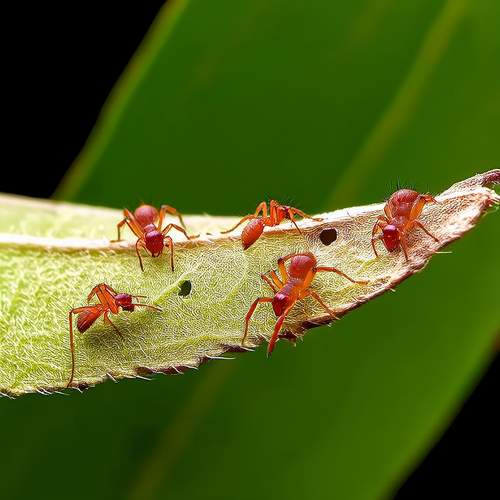
By /May 21, 2025
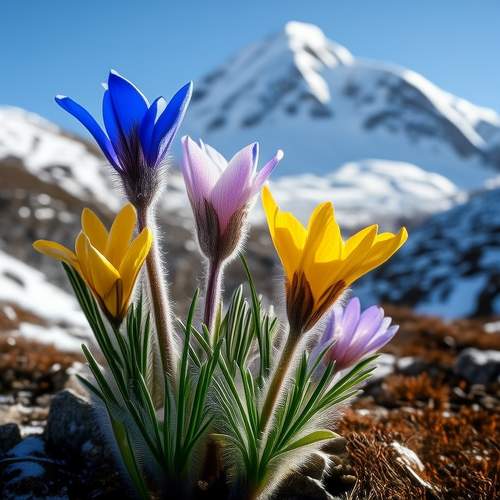
By /May 21, 2025
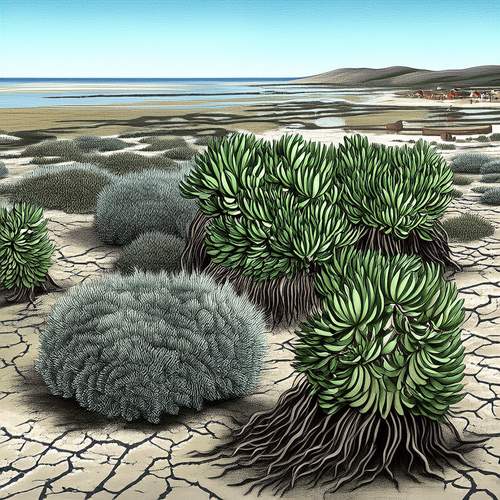
By /May 21, 2025

By /May 21, 2025
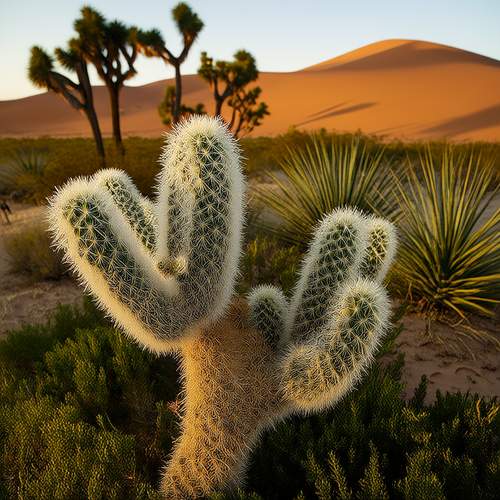
By /May 21, 2025
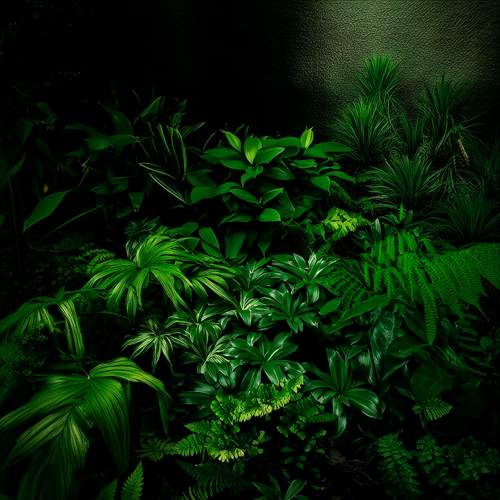
By /May 21, 2025
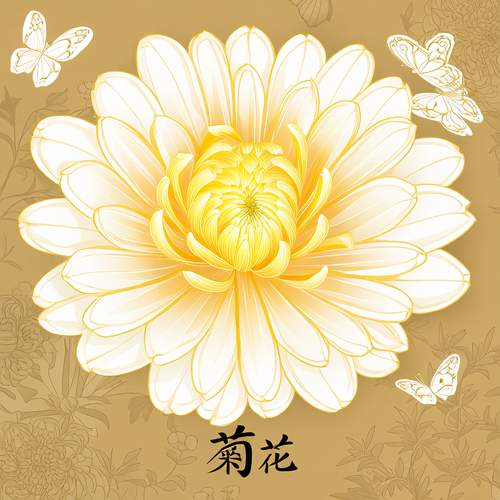
By /May 21, 2025
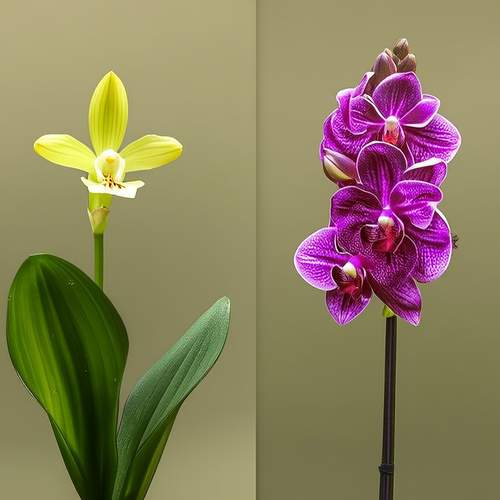
By /May 21, 2025
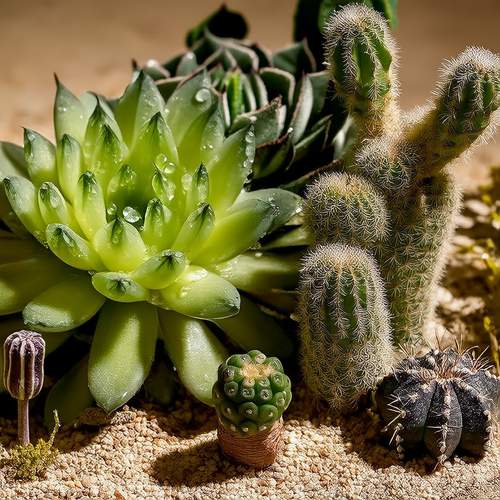
By /May 21, 2025
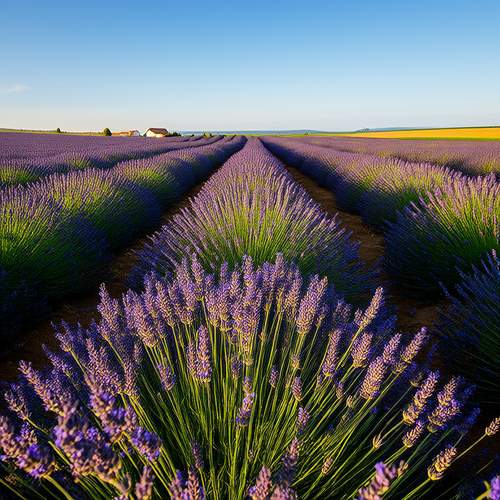
By /May 21, 2025

By /May 21, 2025
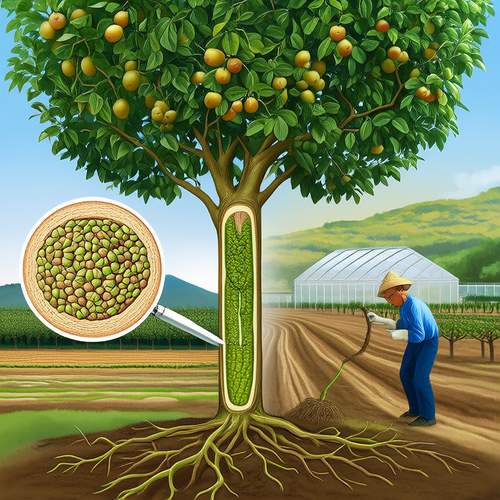
By /May 21, 2025

By /May 21, 2025
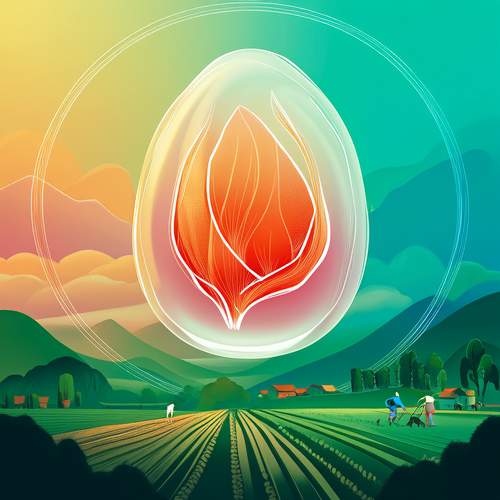
By /May 21, 2025
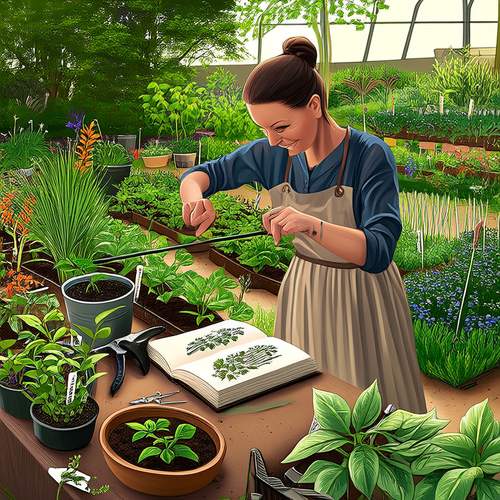
By /May 21, 2025
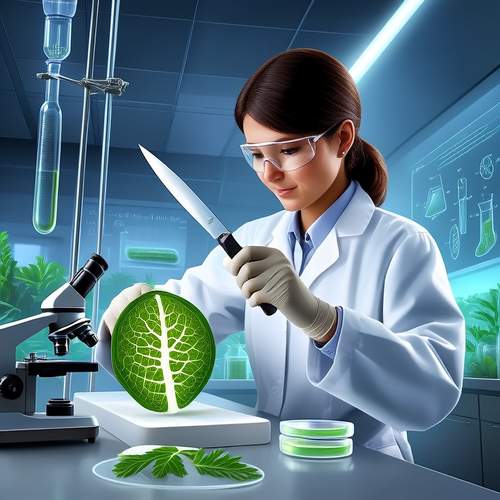
By /May 21, 2025

By /May 21, 2025
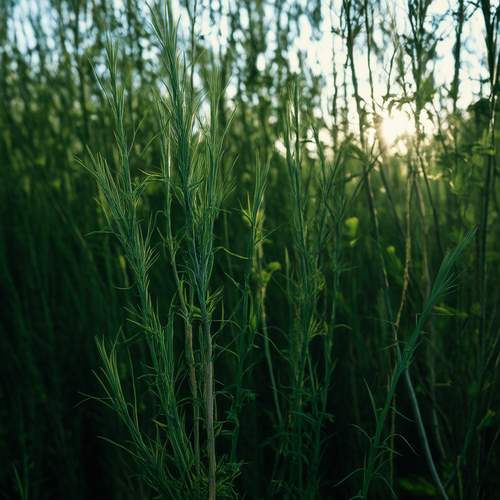
By /May 21, 2025
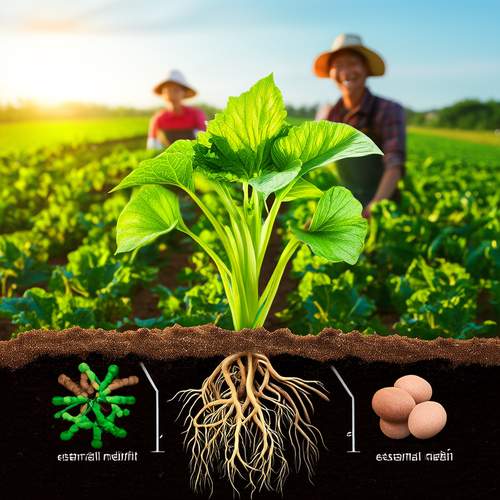
By /May 21, 2025
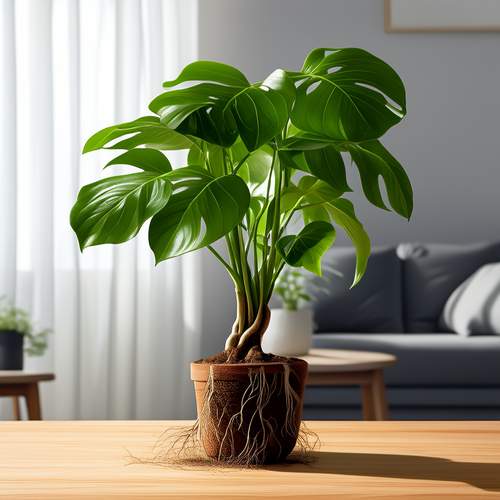
By /May 21, 2025